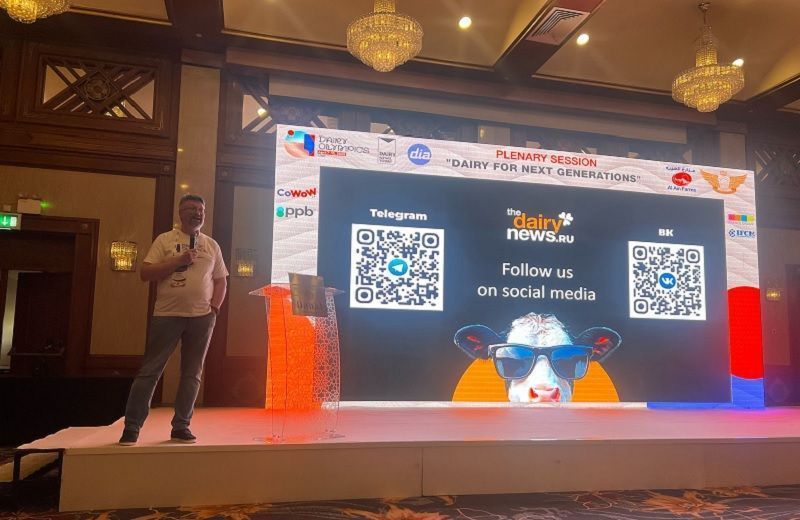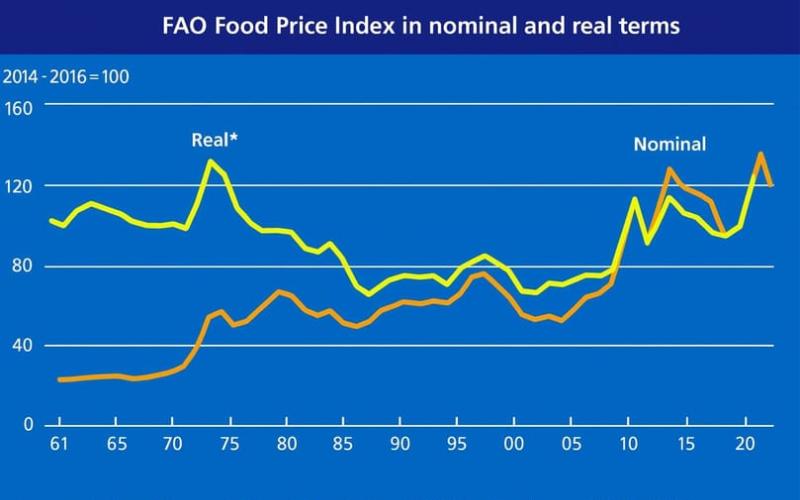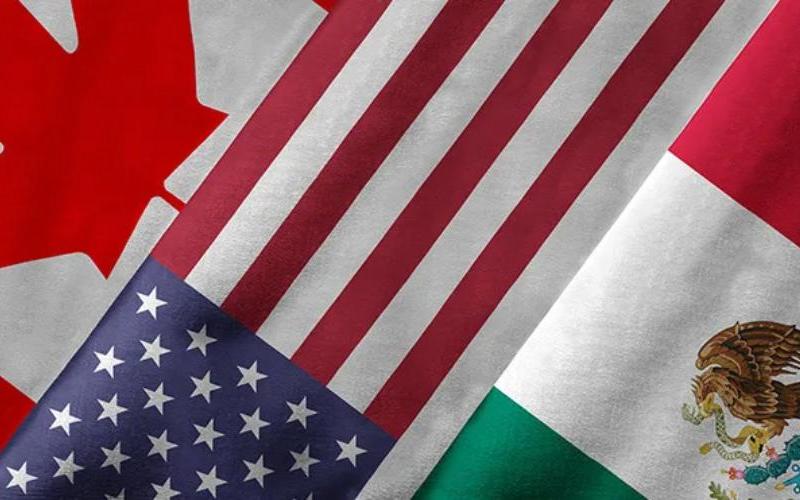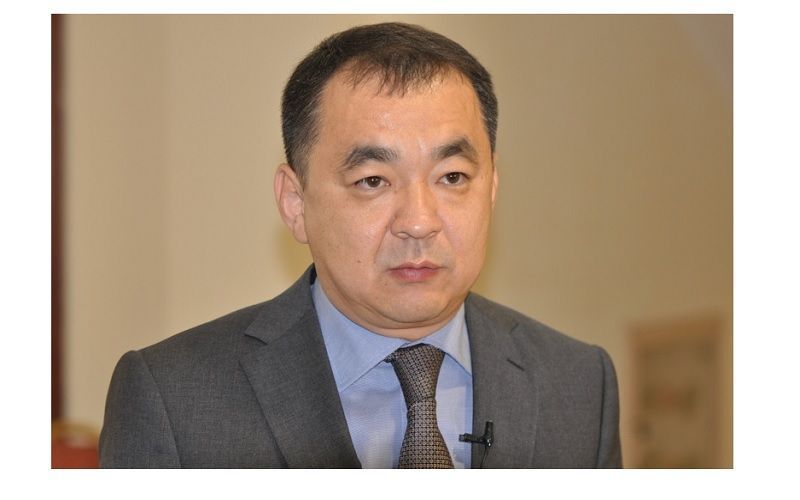Sergey Blyuma: How the Structure of the Dairy Industry in Russia
Sourse: DairyNews.today
At the 2025 Dairy Olympics, Sergey Blyuma — CEO of AgroMilk LLC and publisher of Dairynews.ru — outlined the systemic barriers hindering the development of Russia’s dairy industry. His keynote focused on macroeconomic challenges, price instability, a trust crisis between producers and processors, and the lack of supportive government policy.

According to Sergey Blyuma, the key issue facing the Russian dairy industry today is the high cost of borrowing. “Interest rates are now approaching commercial levels. We’re paying 200–300 million rubles per year — that’s killing the business. Building new facilities has become economically meaningless,” the expert noted. He emphasized that while the sector has sufficient expertise and technical competence, access to capital remains critically constrained.
Price Volatility: An Industry Under Pressure
Russia’s dairy market, Blyuma said, has experienced two major crashes over the past three years. In 2023, raw milk prices soared to a historic high of over 40 rubles per kilogram, only to collapse by 25–30% within two months. A similar scenario occurred between late 2024 and early 2025, with prices peaking at 60 rubles/kg before declining again — by 10–15% in some regions.
“When there are no long-term contracts, such swings destroy the industry. People were crying — literally, not figuratively. We’re only now emerging from the cash-flow collapse of two years ago,” Blyuma commented.
Rising Costs and Equipment Shortages: The Technological Window Is Closing
Production costs in the dairy sector continue to rise, primarily driven by labor expenses. In an example shared by Blyuma, the average wage at his farm rose from 24,000 to 68,000 rubles over three years: “That’s in line with the broader labor market, but productivity isn’t increasing — because we don’t have the machinery.”
Efforts to substitute imports in agricultural machinery have only been partially successful. Some categories have been replaced, but high-performance equipment from Europe remains unavailable.
“We can’t increase productivity without sprayers, wide-coverage machinery, and proper technical service. Yes, there are some new options, but it’s still not enough.”
The Industry Needs a Unified Pricing Model
Blyuma stressed the need for dialogue between producers and processors to build a stable pricing system. “Producers are willing to compromise. But processors must also work transparently. Right now, they refuse to talk. Milk is only a small part of their revenue — and that’s it.”
He also called for broader use of an independent industry tool — the Dairy Index: “Today, the base price is 93 rubles per kilogram for milk with 3.4% fat and 3.0% protein. This is a historic high. Use the index monitoring — it reflects the real market picture.”
In Blyuma’s view, the dairy sector is now ripe for consolidation, similar to what has already occurred in pork and crop production: “There are still about 10,000 farms operating in dairy. That’s not normal. Owning 100,000 hectares of land no longer surprises anyone. Dairy is the last unconsolidated frontier.”
Belarusian Imports and a Hidden Deficit
Despite falling prices, Blyuma believes the domestic market is experiencing a milk shortage, primarily due to reoriented export flows from Belarus. “At the current exchange rate, it’s more profitable to ship milk from Belarus to Russia than to Tunisia or Kazakhstan. As a result, the Russian market has been flooded with volumes that used to go for export.”
There is no official data on this volume — “the statistics are closed,” Blyuma said. This lack of transparency complicates strategic decision-making both for companies and at the national level.
“Now Is a Window of Opportunity”
Blyuma concluded his remarks by pointing out that the current situation presents a window of opportunity for those who can withstand the pressure. Large companies with low debt loads can strengthen their market position. He considers investing in milk and land a strategic move over a five-year horizon.
Those who remain in the market will benefit from growing demand, limited milk supply, and export potential.
“If you have money — invest in milk. This is the last chance to secure a place in the chain before final consolidation,” Blyuma concluded.
Price Volatility: An Industry Under Pressure
Russia’s dairy market, Blyuma said, has experienced two major crashes over the past three years. In 2023, raw milk prices soared to a historic high of over 40 rubles per kilogram, only to collapse by 25–30% within two months. A similar scenario occurred between late 2024 and early 2025, with prices peaking at 60 rubles/kg before declining again — by 10–15% in some regions.
“When there are no long-term contracts, such swings destroy the industry. People were crying — literally, not figuratively. We’re only now emerging from the cash-flow collapse of two years ago,” Blyuma commented.
Rising Costs and Equipment Shortages: The Technological Window Is Closing
Production costs in the dairy sector continue to rise, primarily driven by labor expenses. In an example shared by Blyuma, the average wage at his farm rose from 24,000 to 68,000 rubles over three years: “That’s in line with the broader labor market, but productivity isn’t increasing — because we don’t have the machinery.”
Efforts to substitute imports in agricultural machinery have only been partially successful. Some categories have been replaced, but high-performance equipment from Europe remains unavailable.
“We can’t increase productivity without sprayers, wide-coverage machinery, and proper technical service. Yes, there are some new options, but it’s still not enough.”
The Industry Needs a Unified Pricing Model
Blyuma stressed the need for dialogue between producers and processors to build a stable pricing system. “Producers are willing to compromise. But processors must also work transparently. Right now, they refuse to talk. Milk is only a small part of their revenue — and that’s it.”
He also called for broader use of an independent industry tool — the Dairy Index: “Today, the base price is 93 rubles per kilogram for milk with 3.4% fat and 3.0% protein. This is a historic high. Use the index monitoring — it reflects the real market picture.”
In Blyuma’s view, the dairy sector is now ripe for consolidation, similar to what has already occurred in pork and crop production: “There are still about 10,000 farms operating in dairy. That’s not normal. Owning 100,000 hectares of land no longer surprises anyone. Dairy is the last unconsolidated frontier.”
Belarusian Imports and a Hidden Deficit
Despite falling prices, Blyuma believes the domestic market is experiencing a milk shortage, primarily due to reoriented export flows from Belarus. “At the current exchange rate, it’s more profitable to ship milk from Belarus to Russia than to Tunisia or Kazakhstan. As a result, the Russian market has been flooded with volumes that used to go for export.”
There is no official data on this volume — “the statistics are closed,” Blyuma said. This lack of transparency complicates strategic decision-making both for companies and at the national level.
“Now Is a Window of Opportunity”
Blyuma concluded his remarks by pointing out that the current situation presents a window of opportunity for those who can withstand the pressure. Large companies with low debt loads can strengthen their market position. He considers investing in milk and land a strategic move over a five-year horizon.
Those who remain in the market will benefit from growing demand, limited milk supply, and export potential.
“If you have money — invest in milk. This is the last chance to secure a place in the chain before final consolidation,” Blyuma concluded.
Gold Partners
- Al Ain Farms Group
- Imperial
Innovation Partners
Partners
Key News of the Week











